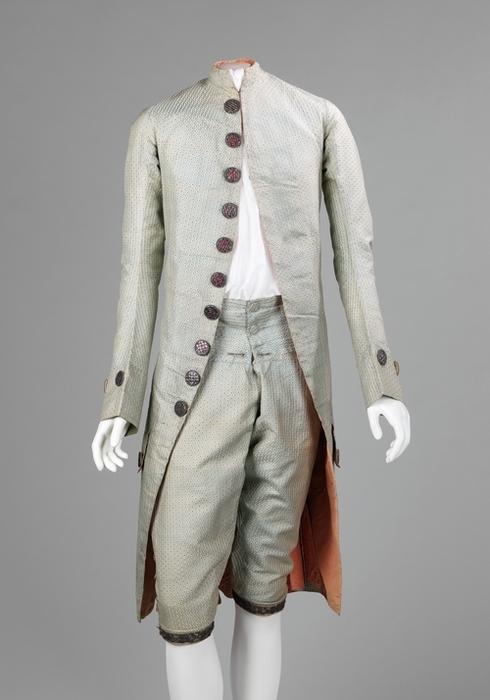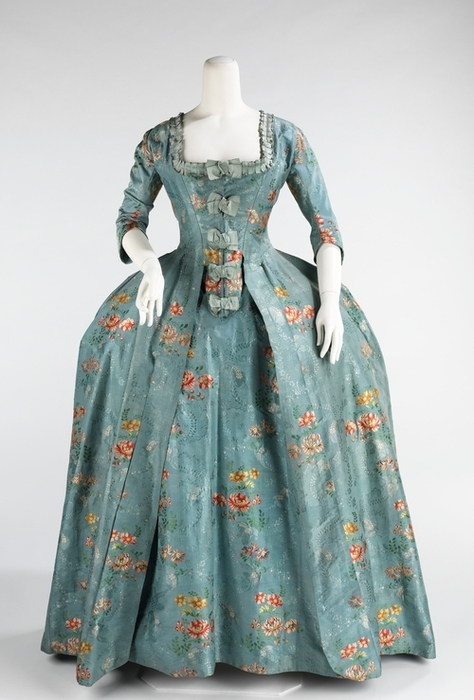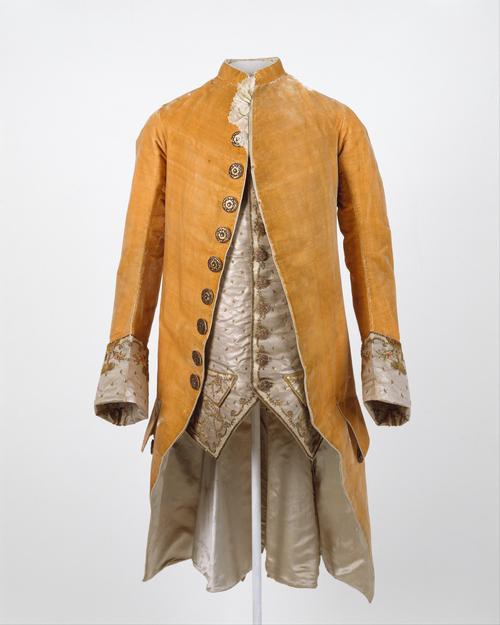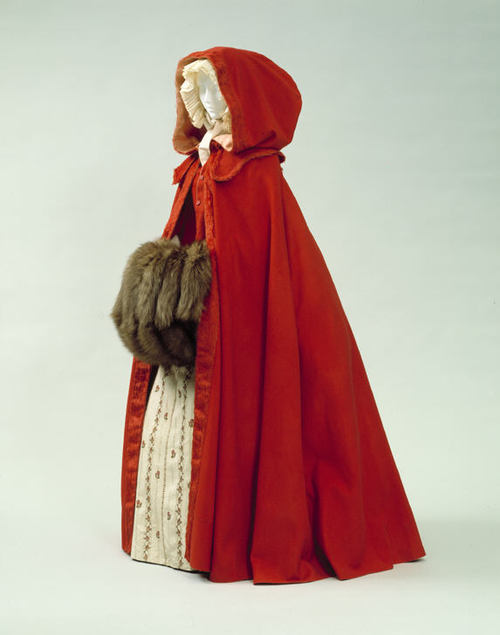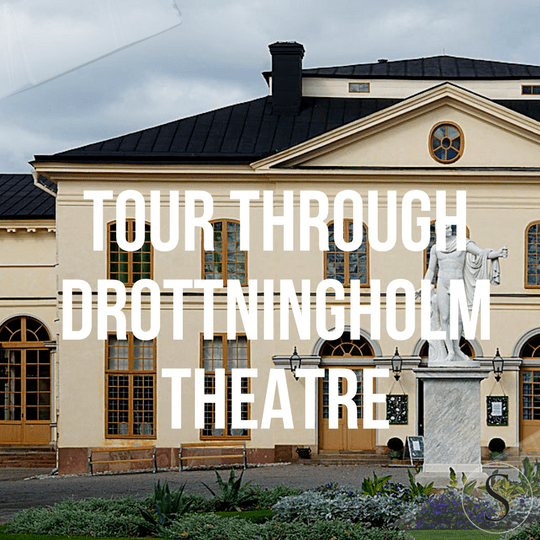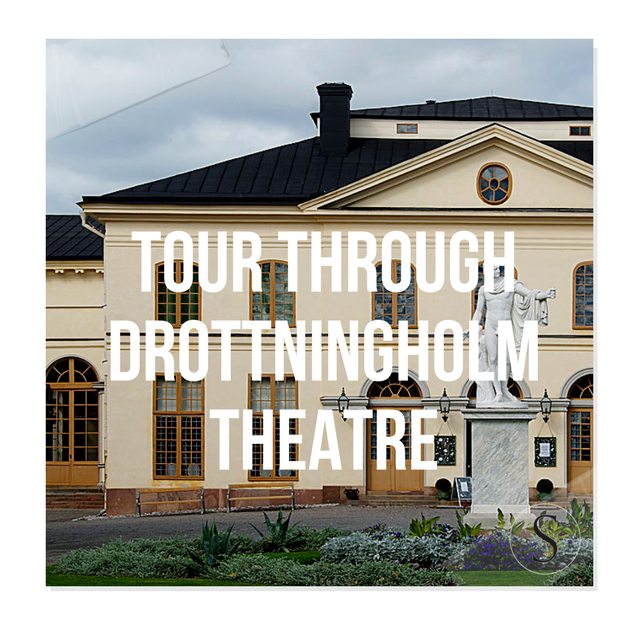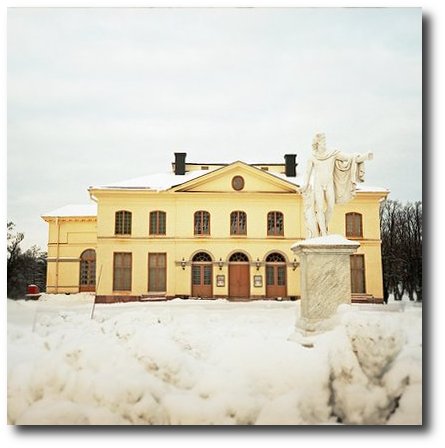Drottningholm Palace also has a theatre that sits directly beside the palace. The Drottningholm Palace Theatre, or in Swedish called “Drottningholms Slottsteater” is an opera house from 1766. Today it is run by a private foundation, but still functions as a real theatre! The theatre was built for Gustav III by his mother in 1766. Gustav III loved the theatre so much and was often known as the theatre King. In 1792 when he was assassinated, his mother Louisa Ulrika of Prussia decided to close up the theatre at Drottningholm. Then in the 1920s it was rediscovered, and because the theatre had not been used or touched in so many years, almost all the original equipment is still there.
This wonderful group of pictures came from TC4711 on Flicker, and Sim 1 Travels
I am so thankful to people like Hansn’s Flicker who have taken pictures for us to view. King Gustaf III had this lobby made as an addition to the Court Theatre in 1791. It was also used for having breakfast. Musicians then sat on the upper floor making the music sound like coming from the heaven painted on the ceiling! When the King was murdered one year later the theatre was closed and it stayed closed for 130 years. Check out the marble finish on the walls. There are so many colors of faux marble wallpaper that you can put up to give the look of a high end interior marble. Add a tinted glaze over top of the wallpaper to mute the overall look so it doesn’t appear to be wallpaper. There are also many free videos on You tube today with Master Painters who show How to achieve these looks. If you are willing to learn, it just takes some practice.



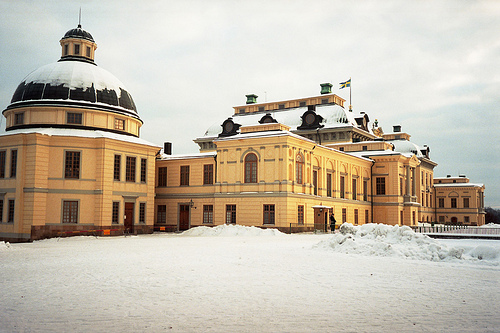
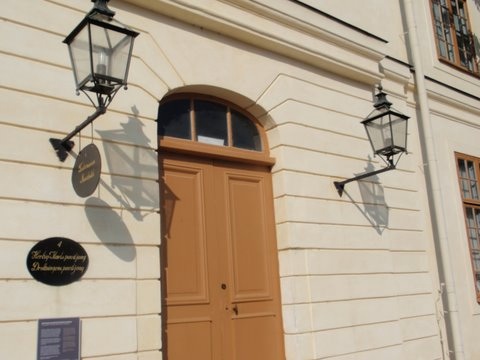



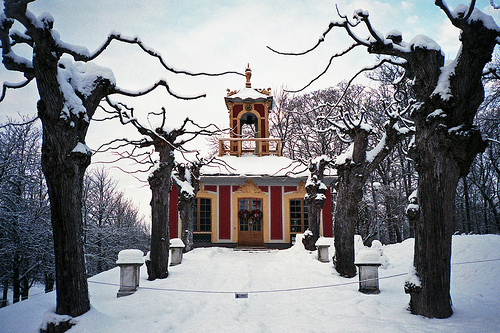
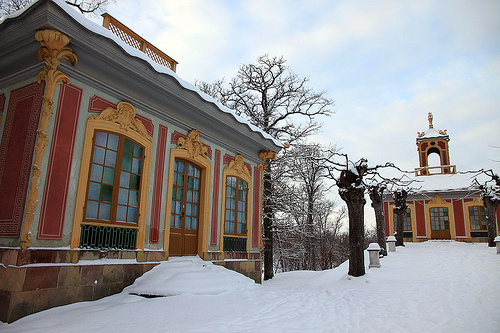
Inside Drottningholm Palace
The name “Drottningholm” means “Queens Inlet”, a well chosen name as the palace was built for Queen Hedvig Eleonora and it is located on an inlet of Lake Mälaren. It was built in 1662, after the previous palace on this site was burned down to the ground. Drottningholm is often called the “Versailles of the North” because it compares to the famous palace in France. The Swedish royal palace was constructed in the same time as Versailles, and is built in French Baroque style. The architect Nicodemus Tessin the Elder (and later Nicodemus Tessin the Younger, who completed the work) was clearly inspired by the famous French palace. The palace is smaller than Versailles but equally distinguished in style.
Although there are some differences between Versailles and Drottningholm. Many claim that as beautiful as Drottningholm is, it pales in comparison to the grandeur of Versailles.
Spectators say the gardens and the interiors are nothing in comparison to Versailles when it comes to decorations and details. The Swedish interpretation of the glitzy French style during this time was more natural that showy.
Many people who adore French decorating tend to over time love the Swedish styles so much more. The Swedish interpretation of Versailles was muted rather than being showy. Where France used silk brocade fabric, Sweden used natural linen, where patterned wallpapers were common in France, painted walls were just as rich but more natural.
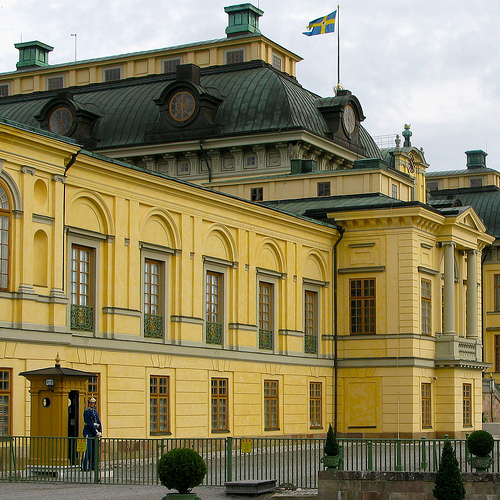

Modestine Blog takes a tour of the Palace and states………”It has been compared to Versailles, a beautiful royal residence away from the bustle of the Capital. Delightful as it is though, it lacks the grandeur of the French palace. The rooms are quite small and the interiors are wood, painted to resemble marble. Trompe l’oeil painting has also been used to excellent effect on the main staircase to give the impression of carvings and bas-relief sculptures, and again within the rooms to create the impression of spaciousness by painting false doors on the walls! There are allegorical paintings, too complicated to understand, tracing the history of the 18th century Swedish rulers. Of particular note is the rococo library room, built by Queen Lovisa Ulrika in the mid 18th century. We have no photos, cameras being forbidden inside the buildings”
The guards outside Drottningholm Palace – Picture Credit Jeremiah Blatz
Unfortunately, photography is NOT allowed inside the palace. Kina Slott is a very colourful place. Many people are amazed by the abundance of colours and how they in a remarkable way blended so well with each other. Bright yellow, orange and greens and pinks are all used in this palace. Inside most tours, you can see the exuberantly decorated bed room of queen Hedwig Eleonora, which took 15 years to complete, a militaristic gallery in baroque style and the impressive library of queen Lovisa Ulrika.

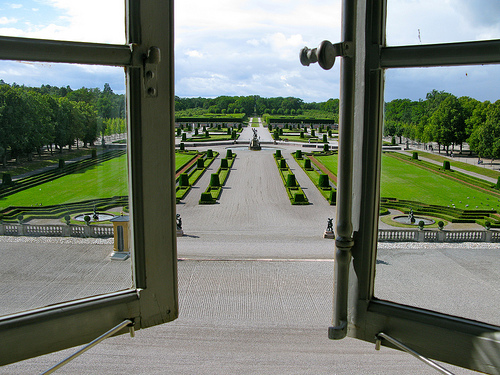


As you approach Drottningholm Palace — the private residence of the Swedish royal family — via boat from Stockholm, you first see the Royal Bath House Picture Credit

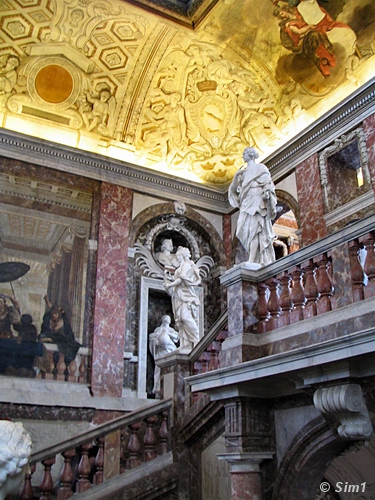
The interior of the palace is in early Baroque style of the 1660s and 1670s.
Rooms not to be missed are the beautiful staircase,the Ehrenstrahl Drawing Room and the Hedvig Eleonora’s State Bedchamber.
The library is the creation of Princess Lovisa Ulrika of Prussia. Lovisa Ulrika had quite a few interesting collections, which made Drottningholm a popular spot for leading scientists of that time to visit.
From the windows at the top of the stairs you have a good view over the formal gardens of Drottningholm. The view over the garden is actually the only place where you are allowed to take photos inside Drottningholm.
The formal gardens are the oldest of three garden styles at the palace, and date back to the 17th century and were laid out here by Queen Hedvig Eleonora (who also had the palace built). The garden has very strict lines, dominated by box-hedges and stripes of crushed brick of black granite. There are no flowers in sight though! Lawns, hedges, statues, fountains and ‘manicured’ trees.
The good news is that the gardens are for free! So if you live in Sweden, you can easily pack a picnic basket and a book and enjoy the gardens.

Drottningholm Palace Library


Workshop of King Gustav III.- Picture Credit Check out the color on those walls!

The Billiard Room at Kina Slott, which is also a seperate building. The billiard room is similar in style as the main building and was completed at the end of the the 1760’s. This room was originally used for playing billiards. Today the room gives an impression of how the workshop of King Adolf Fredrik used to look like. It is interesting to know that turning a lathe was a recreation for the royals and the nobility of Europe. And not only Kings would do some handiwork, even the Queen used to work on the lathe! In this room you can see tools and a carpenters bench used in those days. This information and picture was found on Virtual Tourist

Kina Slott consists of more then one building, actually there are quite a few of them. Of course you have to visit the main building, which is by far the most impressive, but you shouldn’t forget to take a quick peek inside the Confidence as well.
The Confidence is a dining room, but not your usual one! The Royal Family could use this private dining room if they wanted to take their meals privately “en confidence” without any servants present. To be able to do this the Confidence was build with a clever mechanism. An ingenious system made it possible to lift a ready-laid table up through the dining rooms floor. Beside the main dining table there are also four side tables, having a similar lifting system.
When the Royal Family was ready to dine, all they needed to do was to pull a handle in the dining room. A bell would ring in the serving region below and the lifting system would bring in the food.
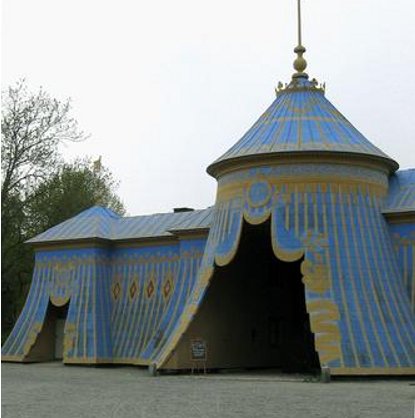
The Guards Tent located in the garden at the Drottningholm Palace (or better known in Swedish the Kina Slott) is a wonderful blue and white striped tent. The tent was built to imitate fabric and yarn tassels. The wonderful tent used to be the quarters for the solders of Gustav III. It was built in 1781 and designed by C.F. Adelcrantz. The idea behind the architecture was to resemble a tent in a Turkish army camp. The tent building certainly has a dramatic and theatrical look that fits into Gustav III’s love for the theatre. The Chateau de Groussay in France was inspired after the 18-century Cooper tents at Hagaparken in Sweden. Both tents almost look identical. Check out this wonderful post by Architectural Watercolors Blog which features 18th century garden tents.
Check out some of the most beautiful pictures from Chasmiller and his travels in Sweden. The architecture is amazing. The pictures of the Gurards Tent are from his website.
From Wikipedia- Hagaparken (“Haga Park”), or simply Haga in Solna Municipality just north of Stockholm, Sweden is a vast and popular nature area, with large parks, lakes, woods and gardens. Within the park is Haga Palace, King Gustav III’s Pavilion, the Chinese Pavilion, the Echo Temple, an older castle ruin (which is not really a ruin as it is the remains of a castle never finished) and several other interesting buildings on the grounds (as the peculiar Copper Tents and also the Butterfly House). Included in the Haga Park is also the Royal Burial Ground of the Swedish Royal family (since 1922), where several members and ancestors of the present Swedish royal Bernadotte family rest. Hagaparken has historically been favoured by Swedish royalty, especially Gustav III who founded it and developed it 1780-1797, and by the famous troubadour Carl Michael Bellman, a contemporary of Gustav III, who is much associated with Haga due to the lyrics of his compositions, poems and his writings. The song Fjäriln vingad is entirely dedicated to the park.

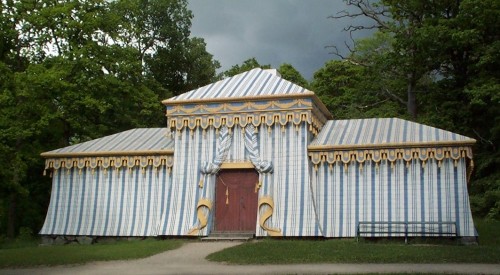
Picture Credit- Peak Of Chic Blog

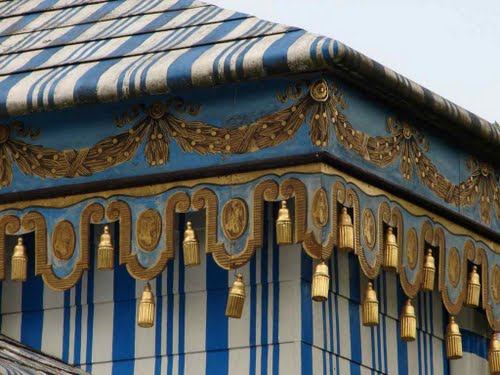

The Sultan’s Copper Tents, originally three buildings for the palace guard, designed by the painter Louis Jean Desprez and built during 1787 to 1790. Desprez proposed that all the façades of the buildings should be designed as three Turkish tents, clad in decoratively painted copper plate. However, tent façades were only built on the side facing the main lawns, which still gives the desired illusion of a sultan’s encampment on the edge of the forest.
The middle tent was destroyed completely by fire in 1953. The front of the tent was rebuilt during 1962 to 1964 under the leadership of palace architect Ragnar Hjorth. The buildings behind the tent facades were rebuilt in 1977-1978, following plans by palace architect Torbjörn Olsson. He turned the stable yard, formerly open, into a tent room with a ceiling. Today the middle copper tent is home to the Haga Park Museum. The tent to the east houses a restaurant and the one on the western side is accommodation. The copper tents are a national monument and protected under law.
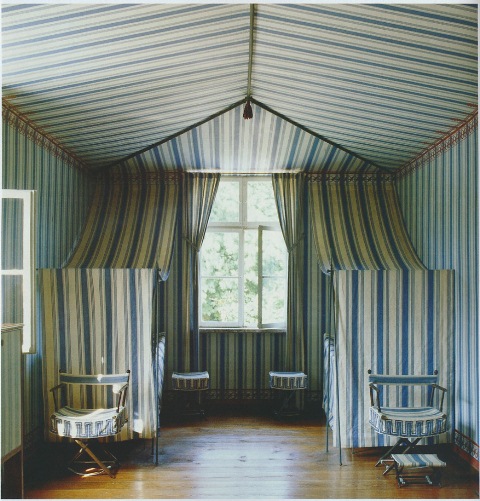
Peak of Chic posted this stunning picture of Tented Room at Charlottenhof. Take some inspiration from this room and create a Swedish themed room with blue and white striped walls, and drape your fabric to look like these classic old world tents
A person could spend weeks looking through the many beautiful pictures on Ye Olde Fashion. If you enjoy sewing, and the history of fashion, this site is definitely for you. It details just the best fashion from many centuries. If you are good at sewing and want to be inspired for some new patterns, look at this site, as she has a really great eye for spotting only the best fashion through the decades and centuries.
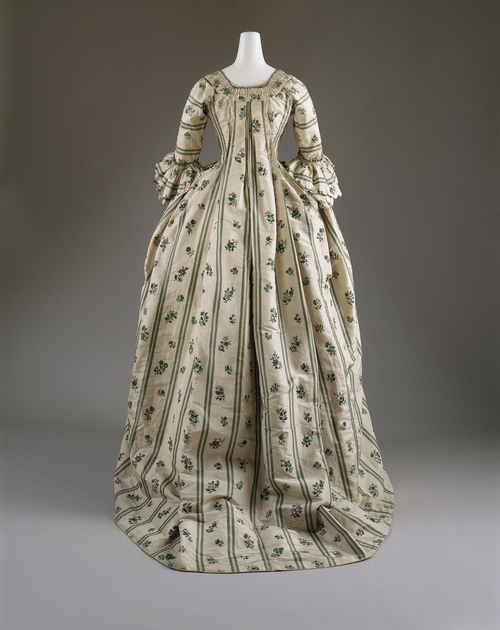
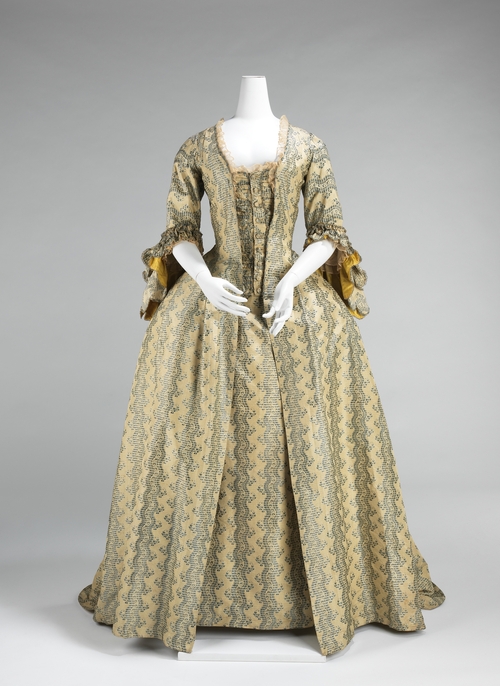
Stripes were more or less absent from early-18th century fashion which trended heavily towards anything large and flowery. The floral trend eventually transitioned to vines which simplified to a mix of wavy stripes and flowers by mid-century, as seen in this 1760s robe à la française
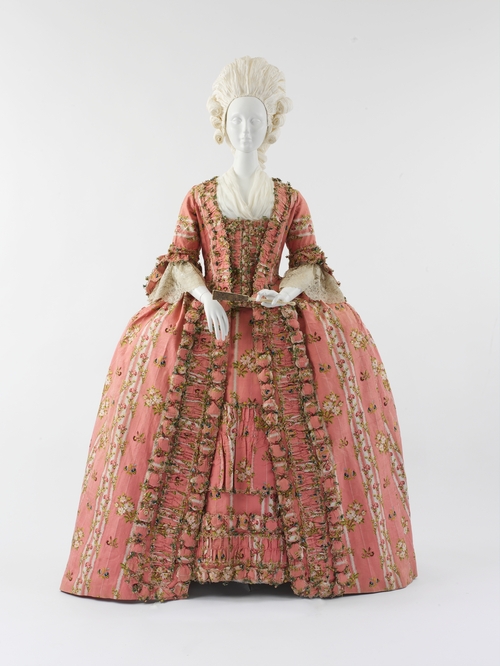
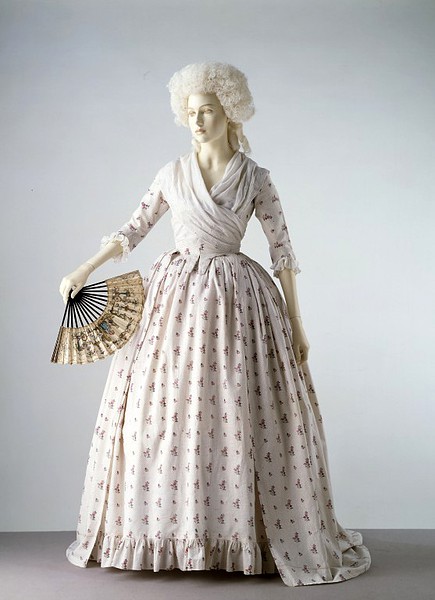
A summery printed cotton afternoon gown and matching petticoat dating to circa
1785. Also note her very large fan, which although already a fashion necessity
by the 1700s, would have had a far more practical use in the summer months
